College of Education and Human Development
SPARK STEM Program Designed To Do Just That in Young Students
June 21, 2017
The best way to get and keep students interested in STEM programs is to engage them in hands-on learning, said Morgan Occhuizzo, assistant principal of Centreville Elementary School in Centreville, Va.
That is why Occhuizzo is so excited about SPARK STEM, an interdisciplinary program for elementary school students and teachers developed by faculty at George Mason University, using a $125,000 grant from the State Council of Higher Education for Virginia (SCHEV).
The program, which will run 18 months, targets fourth- through sixth-graders in Fairfax and Loudoun counties, and continues relationships of innovation and research that George Mason has forged with the local school districts.
“Amazing opportunities have abounded from the partnerships we’ve created,” Occhuizzo said.
SPARK STEM provides students with fun and easy-to-understand problems to solve that combine elements of math and science, instead of asking them to recite lessons out of a book. The latter might help students pass a standardized test but does nothing to spark what Mason mathematics education professor Jennifer Suh described as a sense of wonder and inquiry.
Suh developed SPARK STEM with Andy Gilbert, an associate professor of education and Suh’s colleague in Mason’s College of Education and Human Development, and Padhu Seshaiyer, a professor of mathematical science in Mason’s College of Science.
“Everything for us is going to start with ‘What do you wonder, what do you notice?’ ” Suh said.
For example, students might be challenged to increase the water flow in a small fountain powered by a solar panel. That would force them to calculate how the angle of the sun on the panel will affect the height of the water. Building a marble run with foam tracks will make students think about how to calculate rates of speed if the track configuration changes.
“You say, ‘Why would kids be interested in that?’ ” Gilbert said. “But we are hard-wired as humans to make sense of those types of things. It’s when the goal of school becomes ‘sit quietly and don’t ask questions,’ that’s when they start to switch off. They don’t see the concrete connection to the real world. When they can see something, and it’s not just numbers on a page, it becomes very different to them.”
The program will be going live this fall, and Suh and her colleague will observe.
“We learn about how students are thinking,” she said, “how they’re using the math language, how they are using the science.”
That, in turn, will help Suh and Gilbert better prepare the pre-service teachers they instruct at Mason.
“So we get a multiplier effect,” Suh said. “Not just the in-service teachers but the new teachers also see what math and science teaching should look like. Hopefully, when they do their student teaching, this has gotten into their system.”
And that, Occhuizzo said, provides a multitude of benefits to the students.
